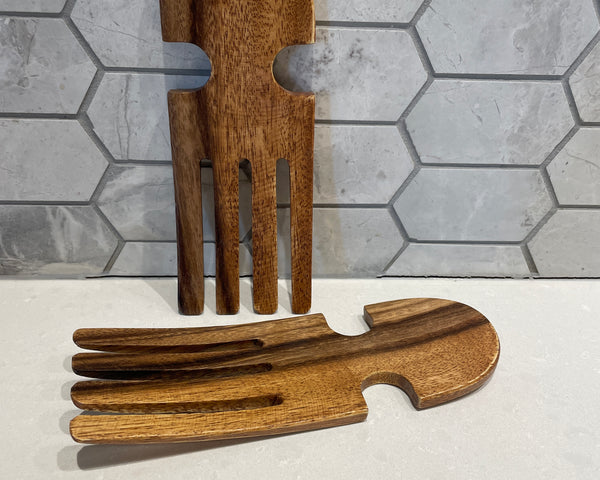How to Use Wooden Pots at Home
1. Choosing the Right Wooden Pot:
Size and Shape:
Select a pot that suits the size of the plant you intend to grow. Ensure it has enough space for root growth.
-Type of Wood:
Opt for durable woods like cedar, oak, or teak, which are resistant to rot and pests.
2. Preparing the Pot:
-Lining:
Line the inside of the wooden pot with plastic sheeting or a waterproof liner to prevent wood decay and soil leakage.
- Drainage:
Drill holes at the bottom to ensure proper drainage and prevent waterlogging.
3. Planting:
- Soil:
Use high-quality potting soil suitable for the type of plant you are growing.
Watering:
Water the plants regularly but avoid overwatering to prevent rot.
Maintenance:
- Cleaning:
Clean the pots periodically to remove dirt and prevent mold growth.
-*Treatment:
Occasionally treat the wood with natural oils to maintain its appearance and durability.
Advantages of Wooden Pots
*1. Aesthetic Appeal:
- Wooden pots add a rustic and natural charm to any space, enhancing the overall decor of your home.
2. Insulation:
- Wood provides better insulation for plant roots compared to plastic, protecting them from extreme temperatures.
3. Eco-Friendly:
- Wooden pots are biodegradable and reduce plastic waste, making them an environmentally friendly choice.
4. Durability:
- High-quality wooden pots can be very durable, especially when made from rot-resistant woods.
Disadvantages of Wooden Pots
1. Maintenance:
- Wooden pots require more maintenance than plastic ones. They need to be treated and lined to prevent rot and pests.
2. Weight:
- They can be heavier than plastic pots, making them less convenient to move around.
3. Cost:
- Wooden pots are often more expensive than their plastic counterparts due to the quality of materials and craftsmanship.
Benefits of Wooden Pots Over Plastic
1. Environmental Impact:
- Unlike plastic, wood is a renewable resource that decomposes naturally, reducing the environmental footprint.
2. Healthier Plants:
- Wood's natural properties allow for better airflow and insulation, promoting healthier root systems and overall plant growth.
3. Aesthetic Versatility:
- Wooden pots can be customized and stained to match your interior or exterior decor, offering a versatile and stylish solution.
4. Chemical-Free:
- Wood is free from harmful chemicals that are often found in plastic pots, ensuring a safer environment for both plants and humans.
Conclusion
Wooden pots are an excellent choice for those looking to combine functionality with aesthetics. While they do require more care than plastic pots, the environmental benefits and the natural beauty they bring to your home make them worth the investment. By choosing wooden pots, you not only enhance the health and growth of your plants but also contribute to a more sustainable and eco-friendly lifestyle.






























